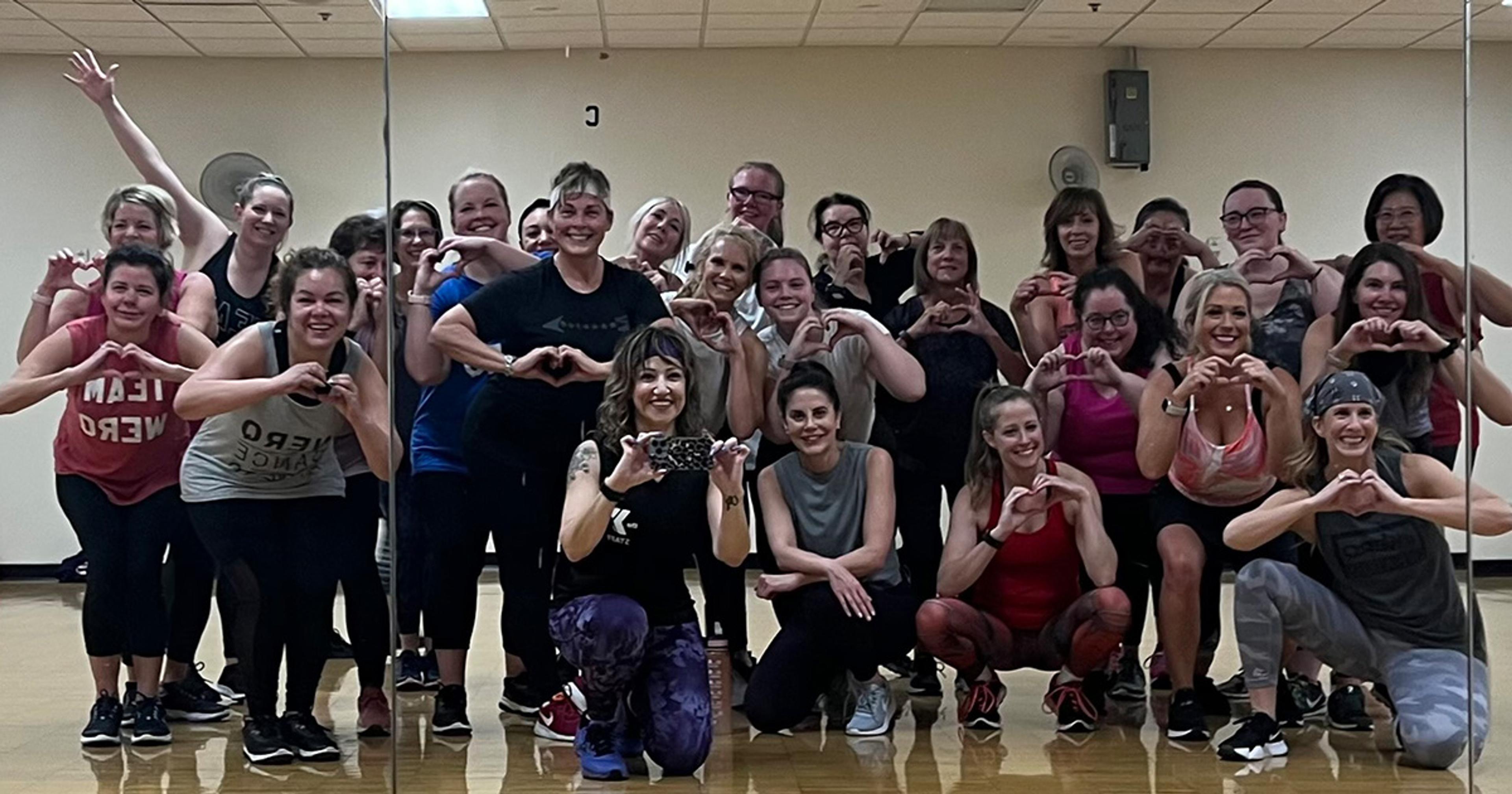The Most Common Mistake Swimmers Make (and How to Fix It)
Lindsey Pavlov
| 3 min read

Do you struggle to keep your body in a horizontal position when you swim?
As a certified swim instructor, I see this all the time, so know you’re not alone. It’s actually the most common issue my students work with me to overcome. Keep reading to find out why it happens and how you can fix it.
The problem
Instead of swimming horizontally with arm stroke and kick in sync, some students seem to stay more vertical in the water as if they are walking. This problem is likely due to an incorrect head position caused when swimmers look forward in the direction they are moving in or raise their head out of the water when they breathe. This happens often while swimming freestyle or “front crawl.”
Why can’t I stay horizontal?
Imagine there is a small laser beam gleaming out of the very top of your head. If you are standing upright on land, the laser beam points straight up to the ceiling, dictating that your body is standing straight up. When you lift your head or look forward while swimming, your legs and hips will naturally sink in an attempt to fall in line with the direction your head is telling them to go. Lifting your head while swimming causes your legs to sink below the surface of the water. This action hinders forward momentum in a way that is much like pressing on the brake pedal while driving your car. If your legs and hips are sinking down in the water, they are creating a resistance that slows your forward motion. If your goal is to swim forward, then lifting your head upward contradicts your goal.
What’s the solution?
If you are horizontal, the top of your head must be pointed in the direction you intend to travel. With this in mind, if the top of your head is at water level and pointing toward a pool wall and your eyes are focused on the bottom of the pool, your body will be naturally inclined to stay horizontal on the surface of the water as you swim. Make sure to always consider whether your head is pointing your body in the right direction. While breathing, it is important to turn your head to the side without lifting it up. Practice keeping one ear in the water when your head is turned on its side. For example, if you turn your head to the left to breathe, your right ear should remain submerged.
The next time you’re in the pool, test this out. Try floating on your back and slowly tilting your chin up and down. Notice how your hips and legs respond to the changes. Or, try grabbing onto the side of the pool with both hands, putting your face in the water so that you’re horizontal with the bottom of the pool, and rotating your head to the side to practice breathing. These simple exercises will teach your body how to feel the proper movements, while increasing your comfort level in the water.
Once you become comfortable and familiar with proper head positioning, you will be on your way to taking control of your stroke and your swimming routine.
Photo credit: Bernal Saborio
About the author: Lindsey Pavlov has ten years experience as a certified swim instructor, coaches a US Masters swim program in Michigan, and holds a Primary Group Fitness Instructor certification from Athletics and Fitness Association of America (AFAA.) She has coached in the West MI, Southeast MI, and MI Thumb regions. Lindsey has also spent time working in the fitness capital of America, Washington, D.C. While there she worked at a HIIT gym and luxury fitness club. She is happy to be back in the Great Lakes State working with people of all ability levels, from infants to triathletes.






